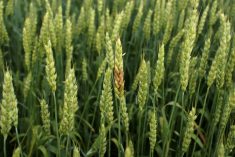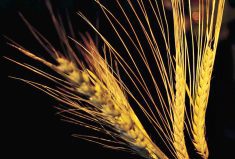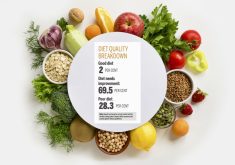Australian researchers have discovered a new complex carbohydrate in barley, the first polysaccharide of its kind found in more than 30 years.
Polysaccharides are a carbohydrate whose molecules consist of a number of sugar molecules bonded together.
The material has the potential to be used for many applications in food, medicine and cosmetics.
The research by the University of Adelaide’s School of Agriculture, Food and Wine, has been published in the American Chemistry Society journal ACS Central Science.
The discovery was made by senior research scientist Alan Little, and the team at the University of Adelaide’s Waite campus.
Read Also

Mazergroup’s Bob Mazer dies
Mazergroup’s Bob Mazer, who helped grow his family’s company into a string of farm equipment dealerships and the main dealer for New Holland machinery in Saskatchewan and Manitoba, died July 6 from cancer.
“Plant cell walls contain components that are of major interest for many industries such as renewable sources for energy production, composite materials or food products,” Little said.
“Knowledge of this new polysaccharide will open up further research to determine its role in the plant.
“We know that it can be found in the roots of barley suggesting it may play a role in plant growth or resistance to external stresses.”
The new polysaccharide is a mix of glucose, commonly found in cellulose, and xylose, which is found in dietary fibre. Based on the relative proportions of each sugar, the hybrid polysaccharide has the potential to behave as a structural component of the cell wall or a viscous gel.
Existing polysaccharides have a wide range of uses. They improve the quality of dietary fibre in porridge and are also used extensively in biomedical and cosmetic applications.
Further research is required to understand the new polysaccharide’s potential uses.



















